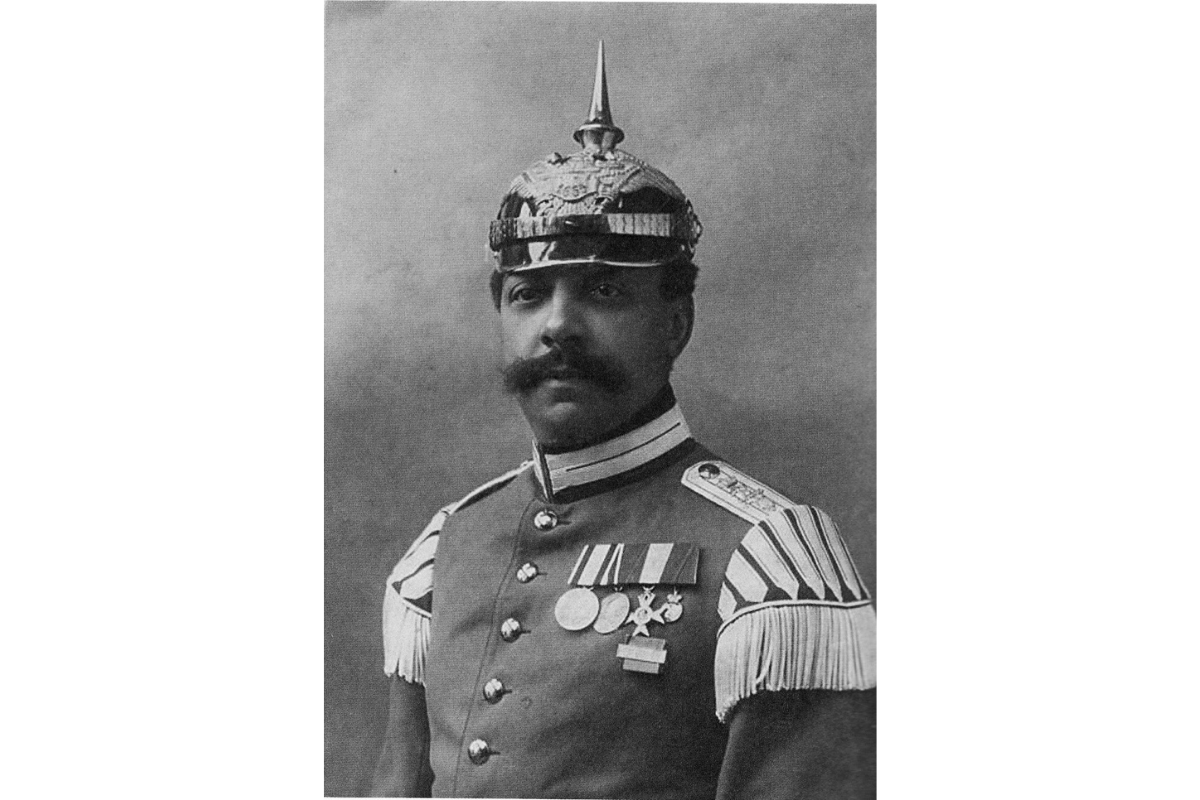Thank you for speaking to us today! Tell us about Black Central Europe.
It’s my pleasure, and thank you for drawing attention to Black European histories. Put simply, Black Central Europe is a web resource dedicated to connecting people to histories of Blackness in the German-speaking lands over the past millennium. At the core of our work is an extensive and ever-growing collection of historical documents, images, and videos that chronicle experiences and ideas of Blackness, supplemented with mapping projects, teaching resources, and links to activist and artistic projects.
What approach underpins the work of Black Central Europe?
Our starting point is understanding that there are a thousand years and more of Black history in the German lands, and most people know very little about it. By making this more visible and accessible, we can undermine exclusionary myths and open new perspectives on diverse histories of Germanness that connect the past with the present. Some may assume that this is just a project about and for Black Germans, Black Austrians, Black Swiss, Black Luxemburgers. Rather, it’s a project that counters the myth that these lands are and always have been monolithically white places disconnected from the wider world. By exploring often surprising histories of contact, mobility, inclusion and exclusion, we come to a better understanding of how residents of central Europe have always grappled with ideas of difference and commonality.
What projects are you currently focusing on?
We have three big projects underway. First, as always, we are working on filling out the historical collections. Our focus at the moment is the post-1945 period. We are fortunate to have been working with Philipp Khabo Koepsell and the Each One Teach One archive and empowerment project in Berlin, exploring familiar stories in some depth and also revealing unknown or unexpected examples of Black activism and community-building. We are also working to expand the collection to include more materials from outside Germany. For example, Patrick Edore, a PhD student at the University of Lincoln (UK), is generously sharing some of his research to help us better understand developments in Austria.
Second, we are working to include ever more work from our university students. This project began as a way to support the teaching of new classes in Black German history, and it has always been important to have students engaged not just in learning but also in writing that history. Kira Thurman’s students at the University of Michigan have produced an interactive map over a number of years, and this past year Kristin Kopp’s students at the University of Missouri put together an extensive collection of Black German biographies. Some of my students at University College London have produced entries on historical documents that have been incorporated into our broader collection of sources.
Third, we are looking to update the website to account for the changed context produced by the waves of activism awareness and artistic production since the murder of George Floyd by a Minneapolis police officer in May 2020.
What role does digital technology, practices or engagement play in this work?
In the most immediate sense, being able to post these materials online has meant making previously unknown or inaccessible stories available to broader communities around the world. In the first instance, this means instructors, but we’re gratified to hear from people who have stumbled across the site and found useful materials there. We have done some work with digital mapping and plan to explore this further. We could definitely do more on social media, and if anyone wants to share our materials on Instagram, Twitter, Facebook, or even - why not? - TikTok, we’d love it!
What were the biggest challenges that you encountered?
I’d say there are two big ones. The first challenge is funding the website, which seems to fall in the cracks between the different sorts of projects that get supported by major funding agencies. We’ve been fortunate to have support from our home institutions, but this is in small doses, and that means the work has to proceed slowly and sometimes haphazardly.
The other has been getting familiar with the technology and also working with copyright regulations. While our web platform (we use Wordpress) makes this relatively straightforward now, it hasn’t always been the case, and figuring out the principles of designing for the history web has been a steep (but enjoyable) learning curve.


